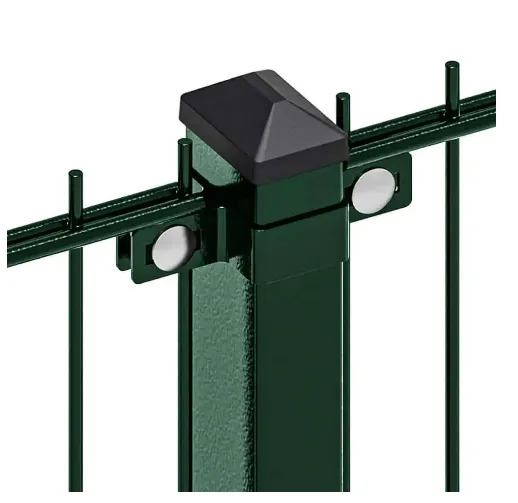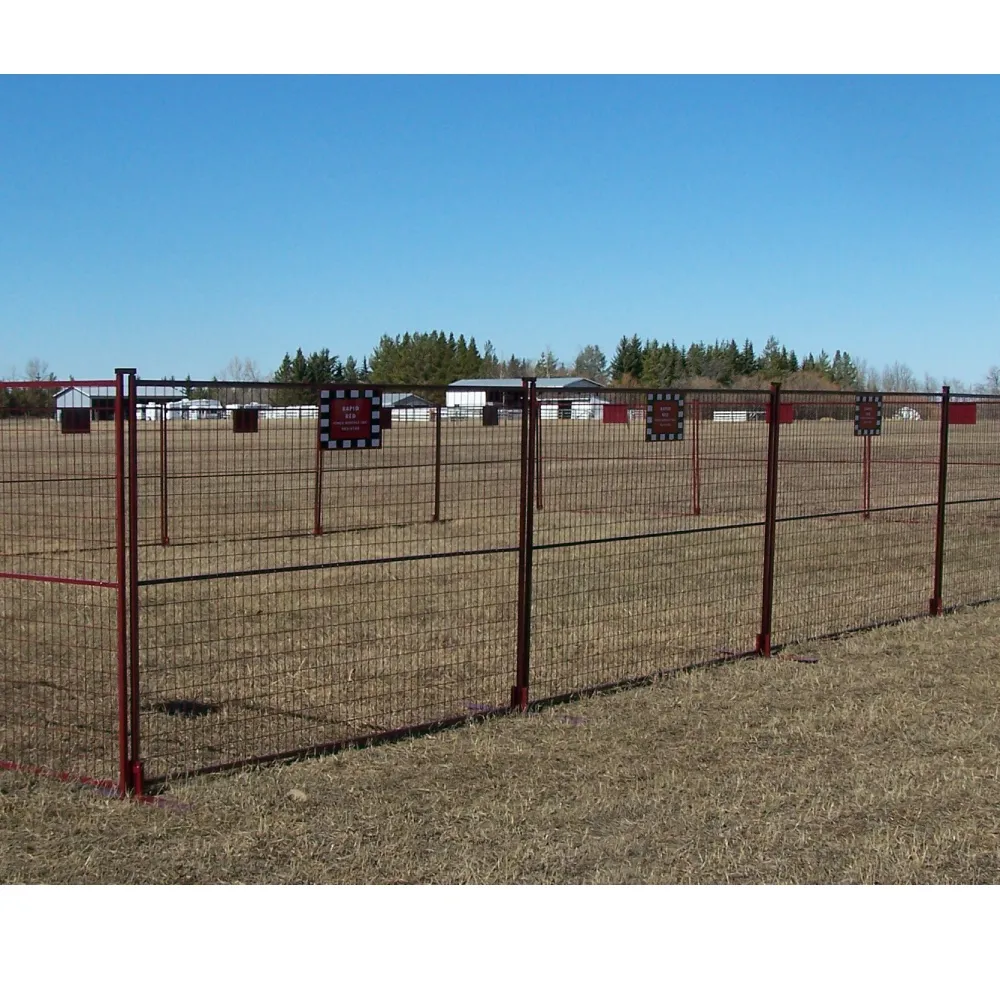Steel grating is an essential component in many industrial applications due to its durability,
strength, and versatility. Widely used in platforms, walkways, stair treads, and various other load-bearing applications, steel grating stands out due to its unique combination of attributes that give it credibility and trust in demanding environments.

One of the biggest advantages of steel grating is its remarkable strength-to-weight ratio, which provides significant structural support while remaining light enough for easy installation. This property makes it particularly valuable in industries such as oil and gas, chemical processing, and large-scale manufacturing. This balance of strength and weight ensures safety and efficiency, which are paramount in high-stakes environments.
Experience with steel grating showcases its adaptability. Steel grating comes in various configurations, including welded, riveted, and swage-locked, each tailored to specific needs and conditions. Welded steel grating, for instance, involves a series of crossbars welded at the joints, making it suitable for demanding applications needing enhanced stability and strength. On the other hand, swage-locked grating offers a smoother surface, ideal for areas requiring more refined aesthetics combined with high functionality, such as public buildings or commercial spaces.

Professional expertise in selecting the appropriate type of steel grating involves considering the nuances of load requirements, environmental conditions, and aesthetic preferences. Experts often evaluate factors like the required load rating, expected traffic, and potential exposure to corrosive environments. For industries facing corrosive elements, galvanized or stainless steel grating options provide added longevity and resistance to rust, thereby enhancing the safety and durability of installations.
steel grating
The trustworthiness of steel grating can also be attributed to compliance with stringent international standards and specifications, ensuring each product meets rigorous quality and safety criteria. Certifications from organizations like the American National Standards Institute (ANSI) and the International Organization for Standardization (ISO) provide customers with assurance of product quality, making compliance an important selling point for manufacturers and suppliers.
Moreover, steel grating is often perceived as more cost-effective compared to other materials due to its longevity and low maintenance requirements. The open grid design helps in efficient water drainage, thereby preventing pooling and reducing the risk of slips and falls. This not only extends the life cycle of the grating itself but also maintains the integrity of the surrounding structures, sealing its status as a dependable product in safety-critical applications.
In the context of environmental considerations, steel grating can play a role in sustainable construction practices. Many manufacturers are now focusing on producing steel grating from recycled steel, contributing to environmental conservation and promoting a circular economy. This alignment with sustainable practices not only appeals to eco-conscious businesses but also assures clients of the product's alignment with modern environmental standards.
In conclusion, the merits of steel grating extend beyond its physical properties. Its application across various sectors underlines its versatility, while compliance with international safety standards underscores its reliability. For professionals and industries seeking materials that offer robustness, flexibility, and sustainability, steel grating emerges as a compelling choice. The combination of expertise in customization and adherence to quality standards ensures that steel grating remains a critical asset in the toolkit of industrial, commercial, and architectural applications globally.
























